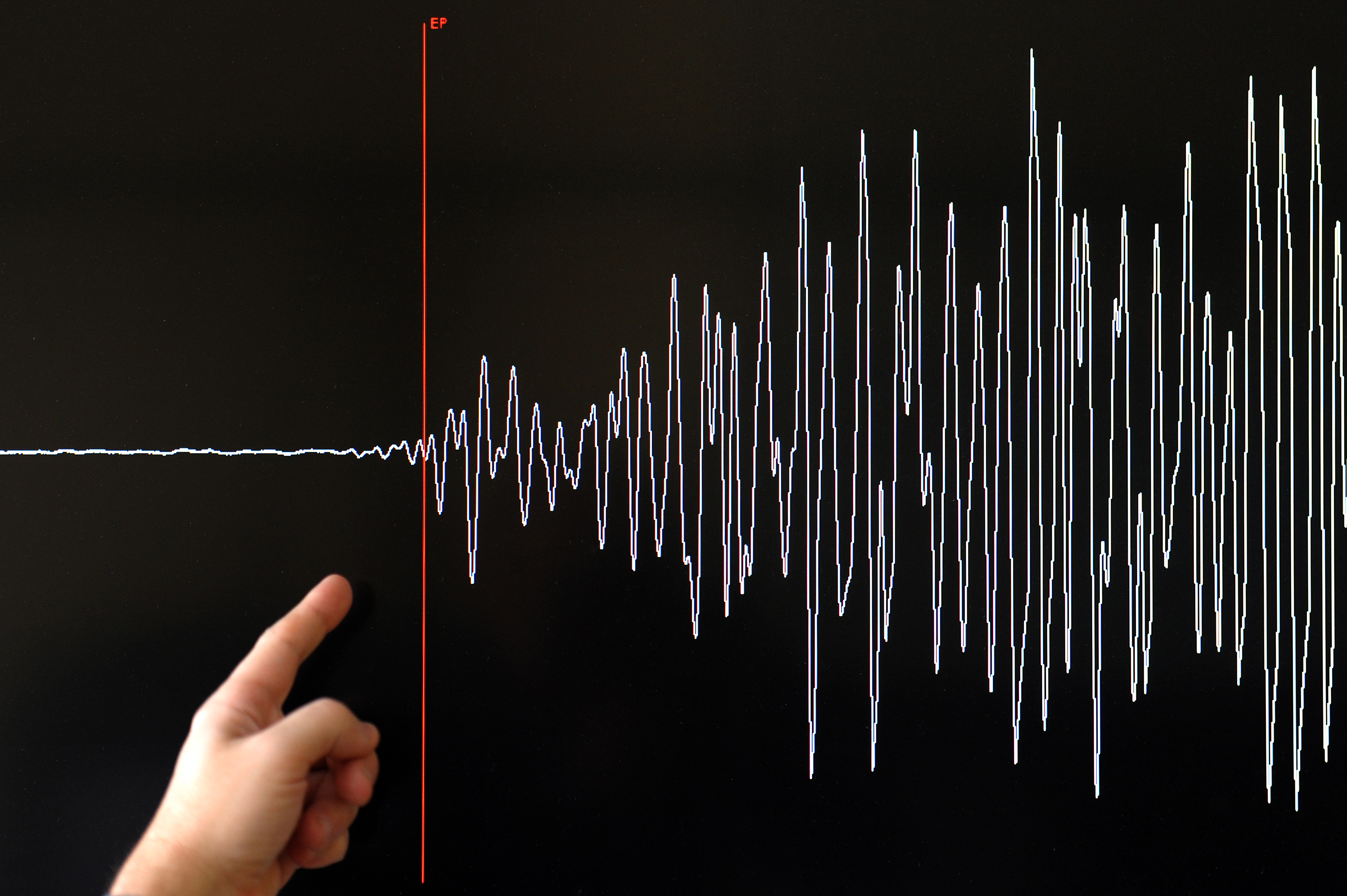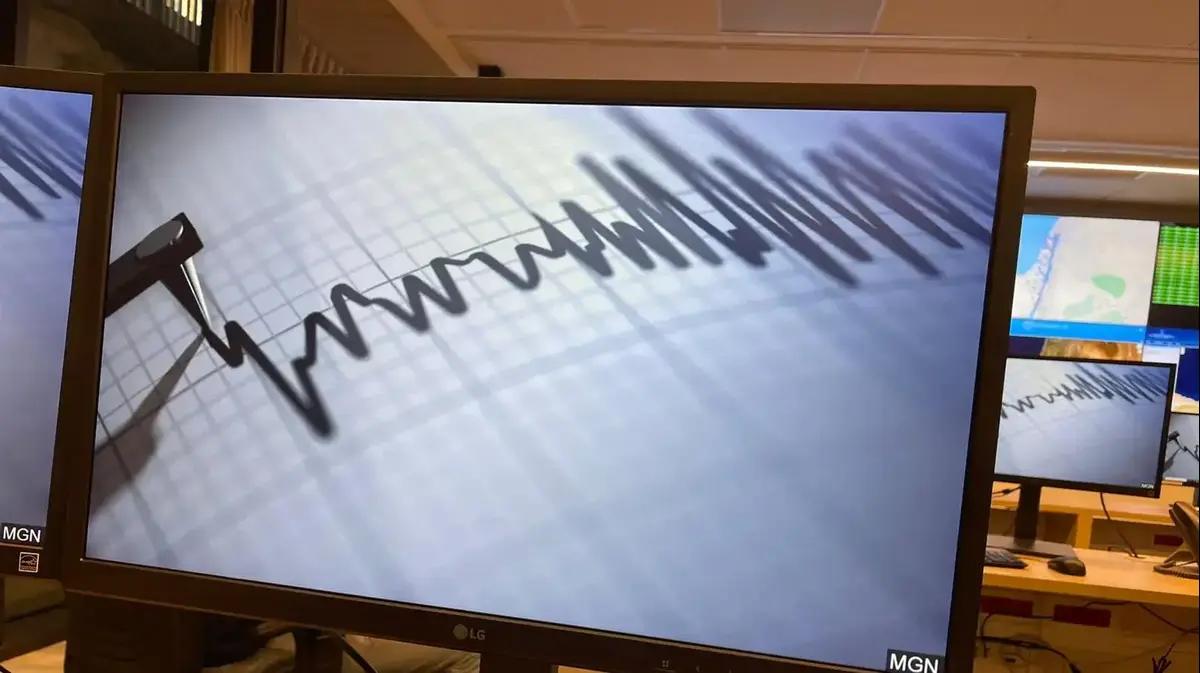Deadly earthquakes in the history of Latin America 0:48
(CNN) -
Earthquakes are measured using seismographs, which monitor seismic waves that travel through the Earth after an earthquake.
Scientists used the Richter Scale for many years, but now largely follow the "moment magnitude scale," which the United States Geological Survey (USGS) says is a more accurate measure of size. .
(Credit: FREDERICK FLORIN / AFP / Getty Images)
Here are the magnitude classes:
Micro-earthquake:
- Magnitude: less than 3.0
advertising
- Damage: Little to nothing
- Average number per year: the United States Geological Survey estimates that there are 1.3 million earthquakes annually that register a scale of 2.0 to 2.9.
Caltech estimates that there are about 1,000 of these earthquakes per day and about 8,000 per day that fall into the 1.0 to 1.9 category.
6.1 magnitude earthquake near the border between Peru and Ecuador, according to USGS
Small earthquake:
- Magnitude: 3.0 - 3.9
- Damage: Little to nothing
-Average number per year: The United States Geological Survey estimates that there are about 130,000 minor earthquakes each year.
Caltech estimates that there are 49,000.
Mild earthquake:
- Magnitude: 4.0 - 4.9
- Damage: Moderate
- Average number per year: The United States Geological Survey estimates that there are 13,000 light earthquakes per year.
Caltech gives a figure of 6,200.
Moderate earthquake:
- Magnitude: 5.0 - 5.9
- Damage: Considerable.
- Average number per year: 800, according to Caltech or 1,319, according to the United States Geological Survey.
Strong earthquake:
- Magnitude: 6.0 - 6.9
- Damage: Severe
- Notable earthquakes: About 5,500 people were killed in January 1995 by a 6.9 magnitude earthquake in Kobe, Japan.
Major earthquake:
- Magnitude: 7.0 - 7.9
- Damage: generalized, heavy.
- Average number per year: 17-18
- Notable earthquakes: The earthquake on January 12, 2010 in Haiti reached 7.0 on the Richter scale, leaving at least 217,000 dead and 300,000 injured.
A 7.3-scale earthquake killed 110,000 people in Ashgabat, Soviet Union, in October 1948.
Approximately 70,000 to 100,000 people died in December 1908 from a 7.2 magnitude earthquake in Messina, Italy,
In October 2005, a 7.6 magnitude earthquake killed 86,000 people in Pakistan.
The deadliest earthquake in US history was recorded in 1906 with a magnitude of 7.8 and killed an estimated 3,000 people in San Francisco, California.
Great earthquake:
- Magnitude: 8.0 and more
- Damage: Tremendous
- Average number per year: 1
Additional note
: There is no upper limit to the magnitude scale, but the highest recorded measurement was 9.5 degrees (in Chile, in May 1960).
- Notable earthquakes: The earthquake in Chile on February 27, 2010 reached 8.8 on the Richter scale.
A magnitude 8.0 earthquake killed 255,000 people on July 27, 1976 in Tangshan, China.
It is the deadliest earthquake since 1900, when earthquakes were first measured.
Tsunamis resulting from magnitude 9.0 earthquakes killed 200,000 people in December 2004. The earthquake hit the coast of Sumatra, Indonesia, and affected countries in Africa and around the Indian Ocean and Indonesia.
What to do during an earthquake?
California earthquake














